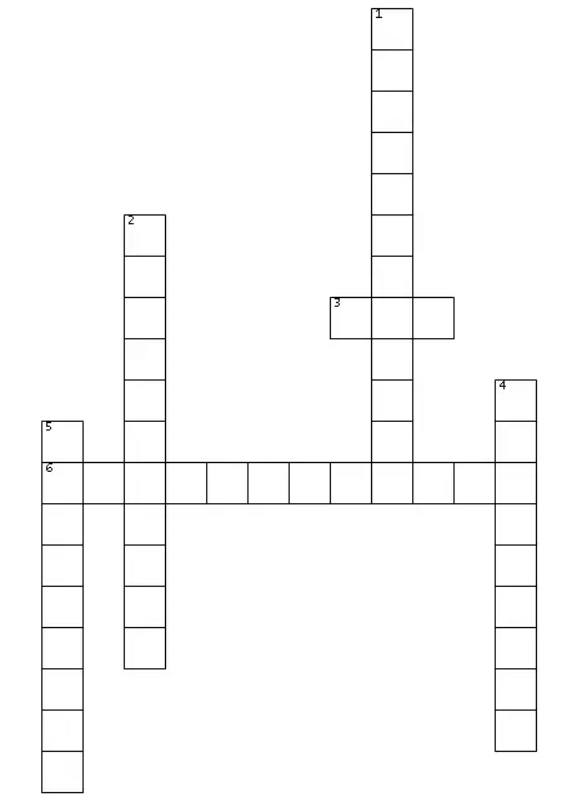The Fundamental Unit of Life Class 9 Worksheet Science Chapter 5
| Table of contents |

|
| Multiple Choice Questions |

|
| Fill in the blanks |

|
| Crossword Puzzle |

|
| Very Short Answer Questions |

|
| Short Answer Questions |

|
Multiple Choice Questions
Q1: Cells were first discovered by _____.
(a) Chadwick
(b) Dalton
(c) Robert Hooke
(d) None of these
Ans: (c)
In 1665, Robert Hooke observed cork cells under a microscope and coined the term "cell".
Q2: Amoeba acquires its food through _____.
(a) endocytosis
(b) plasmolysis
(c) cell organelles
(d) None of these
Ans: (a)
Endocytosis is the process by which Amoeba engulfs food particles by surrounding them with its cell membrane and forming a food vacuole.
Q3: _______ impart beautiful colours to flowers to attract insects for pollination.
(a) Centrosome
(b) Chromoplasts
(c) Plastids
(d) Vacuole
Ans: (b)
Chromoplasts are a type of plastid responsible for the bright red, yellow, and orange pigments in flowers and fruits, which help attract pollinators.
Q4: Ribosomes carry out _____ synthesis.
(a) Protein
(b) Lipids
(c) Enzymes
(d) All of these
Ans: (a)
Ribosomes are tiny organelles present in both prokaryotic and eukaryotic cells that synthesize proteins, which are essential for various cellular functions.
Fill in the blanks
(i) Biology is the study of living organisms.
(ii) The cell is the basic structural and functional unit of life.
(iii) Protoplasm is commonly called the physical basis of life.
(iv) The cell wall protects the cells against pathogens.
(v) Transporting channel of the cell is endoplasmic reticulum.
Crossword Puzzle
Q1:

ACROSS
3. ___stands DeoxyriboNucleic Acid
6. These are important for photosynthesis in plants
DOWN
1. They are the powerhouses of the cell
2. Paramoecium is a ____________ organisms
4. It is a kind of waste disposal system of the cell
5. One of the biologists who presented the cell theory
Ans:
(1) Mitochondria
(2) unicellular
(3) DNA
(4) Lysosomes
(5) Schleiden
(6) Chloroplasts
Very Short Answer Questions
Q1: Where are proteins synthesised inside the cell?
Ans: Ribosomes are the sites for protein synthesis inside the cell.
Q2: Which organelle is known as the powerhouse of the cell? Why?
Ans: It is the Mitochondria of the cell also known as the powerhouse of the cell because it synthesizes energy in the form of ATP during respiration which is vital for various life activities.
Q3: Why are lysosomes known as suicide bags?
Ans: Lysosomes are cell organelles filled with hydrolytic(digestive) enzymes. When a cell is damaged, its lysosomes may burst and its enzymes digest the cell's contents. Due to this, we can say that lysosomes are suicide bags.
Q4: If the organisation of a cell is destroyed due to some physical or chemical influence, what will happen?
Ans: If the organisation of a cell is destroyed due to some physical or chemical influence then such cell would not survive any more as its lysosomes digest up all components of that cell.
Q5: Where do lipids and proteins get synthesized?
Ans: Lipids get synthesized in the smooth endoplasmic reticulum and proteins get synthesised in the ribosome and rough endoplasmic reticulum.
Q6: What would happen if the plasma membrane breaks down?
Ans: If the plasma membrane breaks down then molecules of some substances will freely move in and out.
Short Answer Questions
Q1: Who discovered cells in living organisms? Give an example of the unicellular organism.
Ans: Leeuwenhoek (1674) was the first to observe the free living cells in pond water. Examples of unicellular organisms: Amoeba, Chlamydomonas, Paramoecium, Bacteria, etc.
Q2: Why is the cell called the structural and functional unit of life?
Ans: All living organisms are made up of cells so the cell is the basic building unit of a living organism and all the activities performed by a living organism are the sum total of activities performed by its cells hence cell is called the structural and functional unit of life.
Q3: What is the function of plastids?
Ans: Plastids are present only in plant cells. There are two types of plastids chromoplast (coloured plastids) and leucoplasts (white or colourless). Chromoplast: Consists of coloured pigments and gives different colours to flowers, fruits and leaves. The green colour pigment present in the leaf is called chlorophyll which helps in photosynthesis and a plastid with chlorophyll is called chloroplast. Leucoplast: It stores starch, oil and protein granules in it.
Q4: Why do mitochondria have largely folded inner membranes?
Ans: Mitochondria have a largely folded inner membrane which provides the increased surface area for ATP-generating chemical reactions. Mitochondria is the site for cellular respiration and provides energy to the cell.
|
84 videos|478 docs|60 tests
|
FAQs on The Fundamental Unit of Life Class 9 Worksheet Science Chapter 5
| 1. What is the fundamental unit of life? |  |
| 2. What are the main components of a cell? |  |
| 3. How do plant cells differ from animal cells? |  |
| 4. What is the role of the cell membrane? |  |
| 5. Why are cells considered the basic units of life? |  |





















